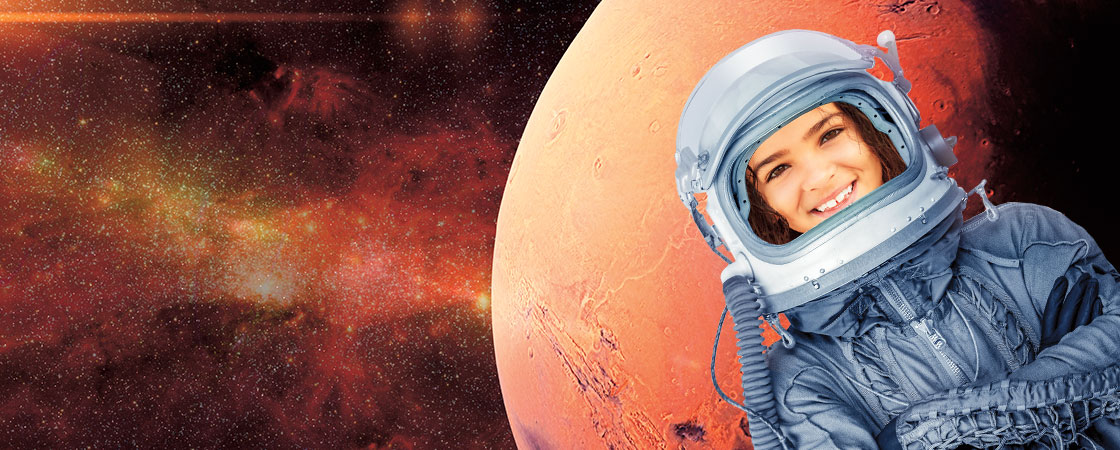3, 2, 1 . . . Blast off!
You’re strapped into your seat as your rocket shoots into the air. You race toward the stars at 25,000 miles per hour. Faster, faster, faster. The skin on your face feels like it’s going to rip away from your skull. Your whole body shakes. You squeeze your eyes shut, hoping the rocket doesn’t explode.
Finally, you make it into space! But you’re not there yet. Not even close. Mars is tens of millions of miles away. It will take about nine months to get there.
3, 2, 1 . . . Blast off!
You’re in your seat. Your rocket shoots into the air. You race toward the stars at 25,000 miles per hour. Faster, faster, faster. Your skin feels like it’s going to pull away from your face. Your whole body shakes. You close your eyes. Hopefully, the rocket won’t explode!
You make it safely into space. But you haven’t arrived yet. Not even close. Mars is millions of miles away. It will take about nine months to get there.

